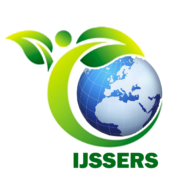Development of Handbook on Instructional Coaching and Mentoring for Master Teachers
This qualitative study identified the master teachers’ coaching and mentoring practices to be able to develop and evaluate the effectiveness of the instructional coaching and mentoring handbook along with the preparation of the proposed adoption guidelines. Action research was used for this study, and ten master teachers were selected as informants. Data collection involved interviews, focused group discussions, and thematic analysis to identify the following key themes regarding instructional coaching and mentoring practices: building trust, understanding individual needs, targeted classroom observation and feedback, collaborative planning and curriculum enhancement, reflective practice and self-assessment, and comprehensive guidance and support. Findings indicated that the developed handbook effectively supported instructional coaching and mentoring through themes such as empowering change, navigating classroom observations, forging effective coaching, and mentoring relationships, and elevating teaching and learning. Recommendations included adopting and utilizing the handbook to invest in educators’ professional growth and improve the education system. Guidelines were proposed to ensure successful implementation, continuous improvement, and sustainable positive impacts. The study concluded that the six identified themes reflected a comprehensive approach to instructional coaching and mentoring, addressing crucial aspects of professional development. It emphasized the effectiveness of the developed handbook in enhancing teaching practices and recommended tailoring coaching and mentoring to foster a culture of continuous learning. Adoption of the handbook by educational institutions, along with ongoing monitoring and evaluation, was suggested to ensure relevance and responsiveness to emerging trends. Additionally, evidence-based policies may be developed to improve coaching and mentoring practices, and further research may explore topics like enhancing classroom observation and utilizing e-tools in coaching and mentoring.

